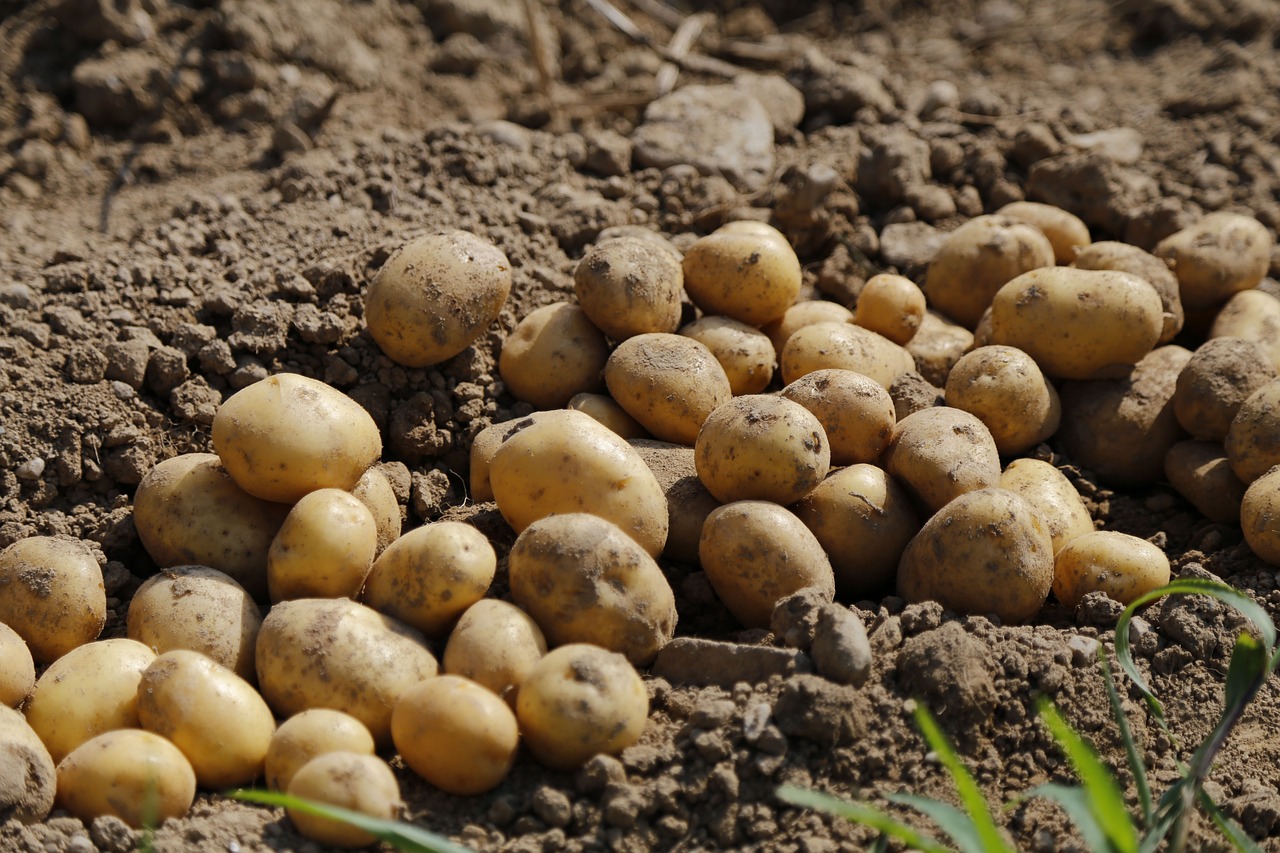
Nothing beats the taste of fresh, homegrown produce straight from your garden. If you’re a resident of Oregon, knowing when to plant vegetables is crucial to ensure a successful and bountiful harvest. Oregon’s unique climate and diverse growing regions require specific timing and considerations. In this article, we will explore the best times to plant vegetables in Oregon, along with tips and insights to help you grow delicious, homegrown delights.
Understanding Oregon’s Growing Zones
Oregon Coast
This cool and moist region stretches along the Pacific Ocean, known for its stunning scenery and unique climate. The growing season is long, lasting from 190 to 250 days, but the temperatures are mild, rarely exceeding 80°F. This makes it ideal for cool-season crops like lettuce, spinach, kale, broccoli, and cauliflower.
Western Valleys
This region encompasses the Willamette Valley and other valleys west of the Cascade Range. It has a warm-summer Mediterranean climate with dry summers and cool, wet winters. The growing season ranges from 150 to 250 days, with warm days and cool nights. This region is suitable for a wide variety of vegetables, including tomatoes, peppers, eggplant, sweet corn, beans, and melons.
Central and Eastern Oregon
This high-desert region experiences hot, dry summers and cold, snowy winters. The growing season is short, only 90 to 120 days. However, the sunshine hours are abundant, making it ideal for heat-loving crops like tomatoes, peppers, eggplant, and melons. However, be prepared for the possibility of frost any month of the year.
Columbia and Snake River Valleys
This region lies along the Columbia and Snake Rivers in eastern Oregon. It has a hot, dry summer continental climate with hot days and warm nights. The growing season is longer than in central and eastern Oregon, ranging from 120 to 200 days. This region is well-suited for heat-loving crops like tomatoes, peppers, eggplant, melons, and corn.
When To Plant Vegetables In Oregon
Spring’s Song: Seeding for Early Delights
As winter loosens its grip and spring whispers its arrival, the planting dance begins. But hold your horses, eager green thumbs! Patience is key, for even the most ardent gardener can’t outrun Mother Nature’s schedule.
Cool-Season Crops: These hardy heroes thrive in the gentle embrace of spring’s cool nights and mild days. Think leafy greens like lettuce, spinach, and kale, along with root vegetables like carrots, beets, and radishes. Start these superstars indoors 4-6 weeks before your last frost date (check local frost advisories!). Be gentle when transplanting them into your garden, mimicking the cozy conditions they enjoyed indoors.
Warm-Season Crops: While their cool-season cousins revel in the spotlight, these sun-loving divas patiently wait for warmer nights. Tomatoes, peppers, eggplant, and squash fall under this category. Sow their seeds directly in the garden about 2-4 weeks after your last frost date, when the soil warms up nicely.
Don’t Forget the Herbs! Sprinkle your garden with the fragrant magic of herbs like parsley, cilantro, and chives. Most herbs are happy to be sown directly outdoors after frost danger has passed.
Summer’s Symphony: Maintaining the Bounty
As summer unfurls its sun-drenched arms, your garden transforms into a vibrant symphony of colors and textures. Here’s how to keep the music playing:
Watering: Consistent watering is crucial, especially during the hot days of summer. Aim for an inch of water per week, adjusting based on rainfall and soil conditions. Early morning watering is best to minimize evaporation.
Mulching: Mulch acts as a protective blanket, retaining moisture, suppressing weeds, and regulating soil temperature. Organic materials like straw, shredded wood, or compost are excellent choices.
Succession Planting: Don’t let your garden become a one-hit wonder! Extend your harvest by employing succession planting. As early crops finish, sow new seeds for fall enjoyment. Think leafy greens in late summer for autumn salads, or radishes and beets for a spicy winter treat.
Pest Patrol: Keep an eye out for unwanted guests like aphids or beetles. Opt for organic solutions like insecticidal soap or neem oil first. Encourage beneficial insects like ladybugs to join your garden party, as they’ll gladly gobble up those pesky pests.
Autumn’s Encore: Harvesting Nature’s Treasures
As summer’s warmth wanes and autumn paints the leaves in fiery hues, it’s harvest time! Savor the fruits (and vegetables) of your labor, enjoying the culmination of your planting efforts.
Storing Your Harvest: Don’t let your hard-earned bounty go to waste! Learn proper storage techniques for each vegetable. Root vegetables often store well in cool, dark places like root cellars or your refrigerator’s crisper drawer. Herbs can be dried, frozen, or even made into infused oils.
Planning for Next Year: Take notes on what worked well and what could be improved. Reflect on your planting dates, varieties chosen, and any challenges you faced. This valuable information will guide you towards an even more bountiful harvest next year.
Winter’s Lullaby: Dreaming of Gardens Yet to Grow
As winter blankets the land in a peaceful slumber, your garden rests, dreaming of spring’s return. This quiet time is perfect for planning and dreaming. Research new varieties, explore companion planting techniques, and let your imagination run wild.
